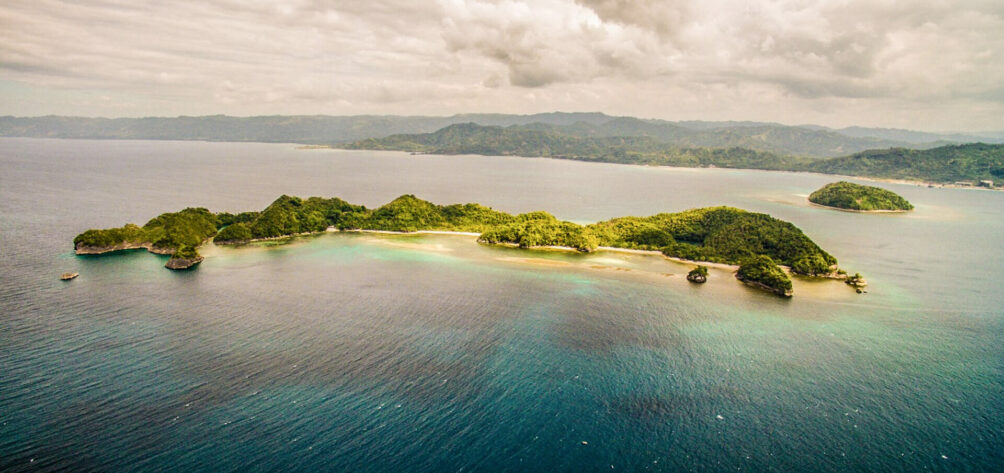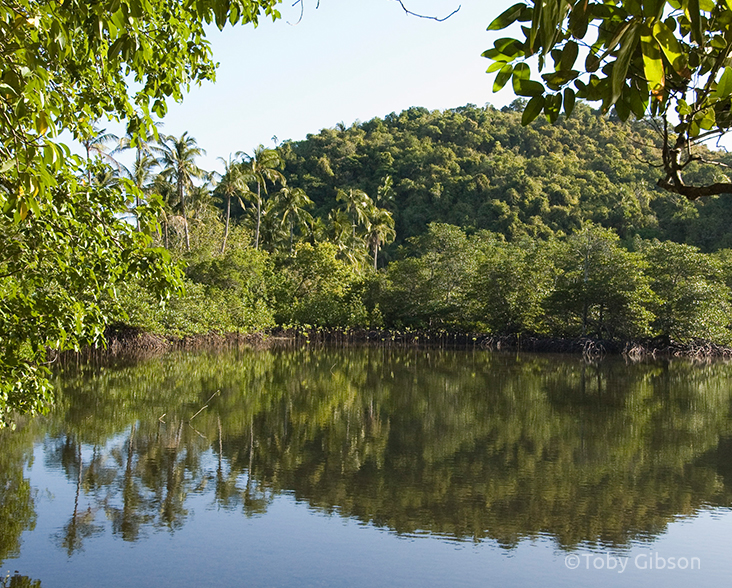Described by the Convention on Biological Diversity as “one of the top global conservation areas”, the Philippines is a Southeast Asian archipelago state of over 110 million people and one of the Earth’s few megadiverse countries.
The rainforests, volcanic valleys, mangroves and coral reefs that cover the nation’s 7,000+ islands are home to an estimated 50,000+ species, over half of which are found nowhere else. Much of that life is of global conservation importance: Philippine flora, for example, is extraordinarily rich (only four other countries harbour more plant species) and endemic (25 plant genera are found only here).

